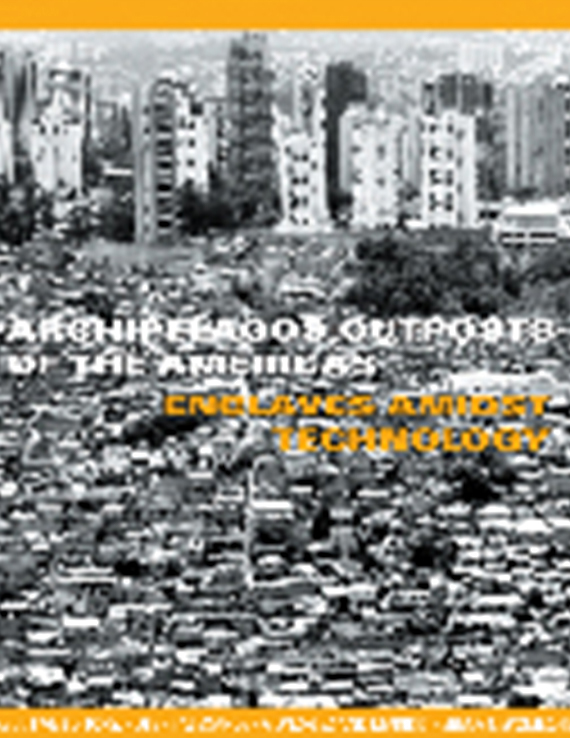Author(s): Donald Armstrong
The disparity in housing between blacks and whites in the United States divides the country today as it has since the first dog-trot slave cabins were erected on southern plantations during ante-bellum era. While attempts at correcting this injustice have varied in effectiveness, a few have managed to frame the problem in a way that provides hope for a solution. One such attempt was made by the Tuskegee Institute in the years following World War II. Called the Low Cash-Cost Housing Program, the initiative created a new housing paradigm for tenant farmers living in the Alabama Black Belt. The houses, constructed of a new kind of concrete block that could be made by unskilled homeowners using freely obtained native materials, express modern notions of rational building technologies and honest use of materials. However, in their use of native materials, passive heating/cooling strategies, decorative masonry patterns and cooperative production techniques, these houses depart from the mainstream modernism of that era. This does not mean that they may be neatly labeled as products of a critical regionalist approach. Rather, they reflect a divergent modernism based on a pragmatic response to social and geographical circumstances. The Low Cash-Cost Houses represent a reconciliation of the universal and the particular that is both modernist and vernacular in its impulse. By responding to the punishing economic results of racism that contaminated the postwar American landscape, their mode of production drew on the natural bounty of that same land.
Volume Editors
Marilys R. Nepomechie & Robert Gonzalez
ISBN
0-935502-54-8

 Study Architecture
Study Architecture  ProPEL
ProPEL 
